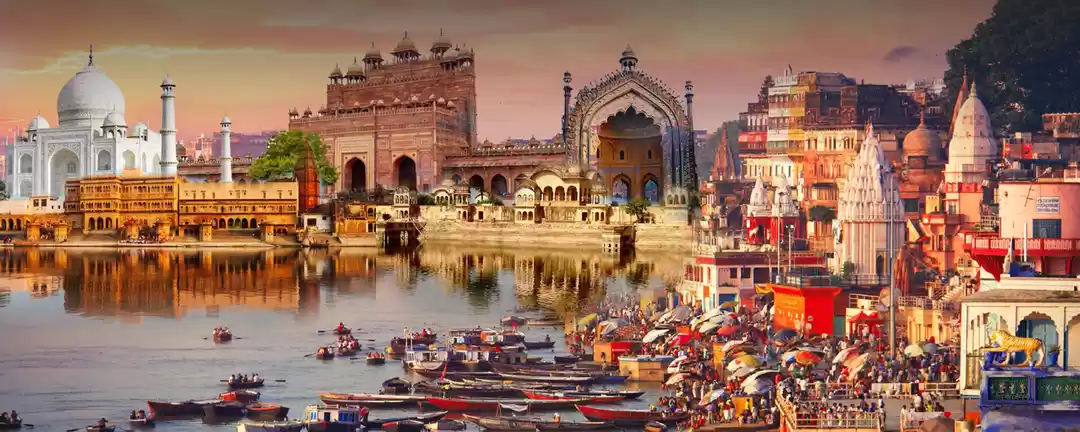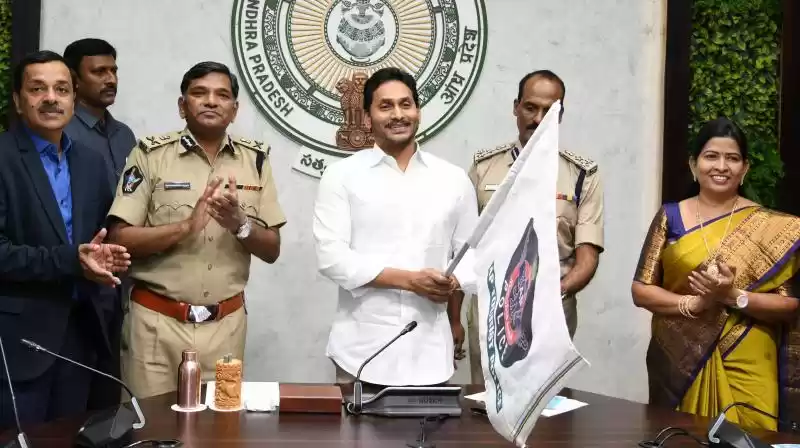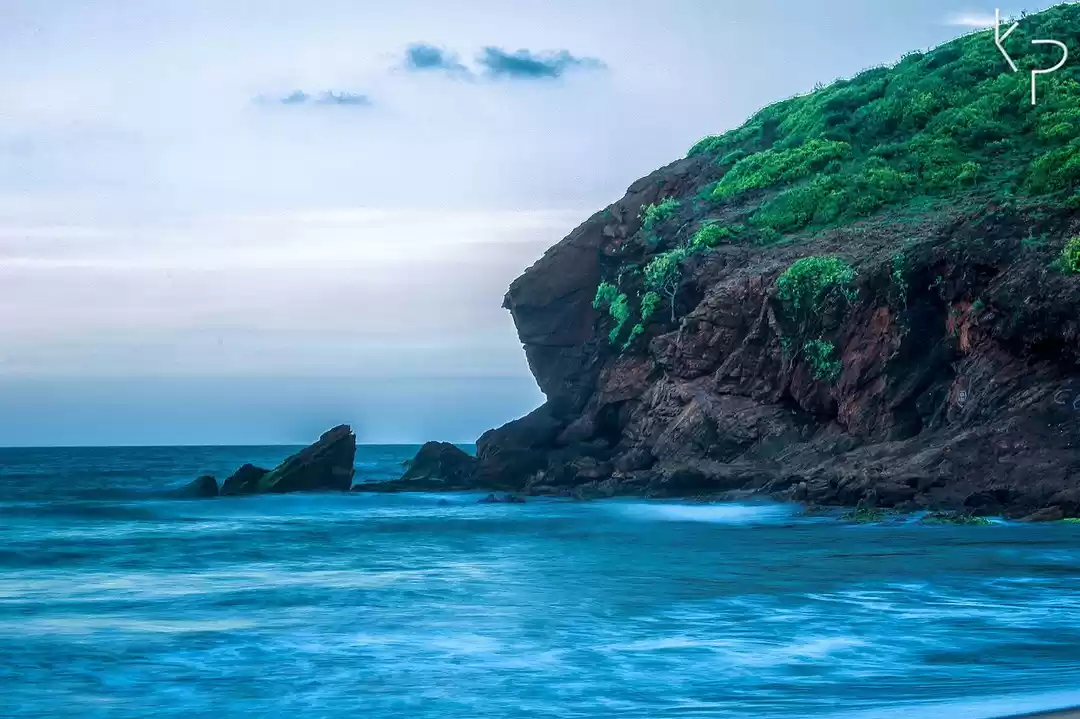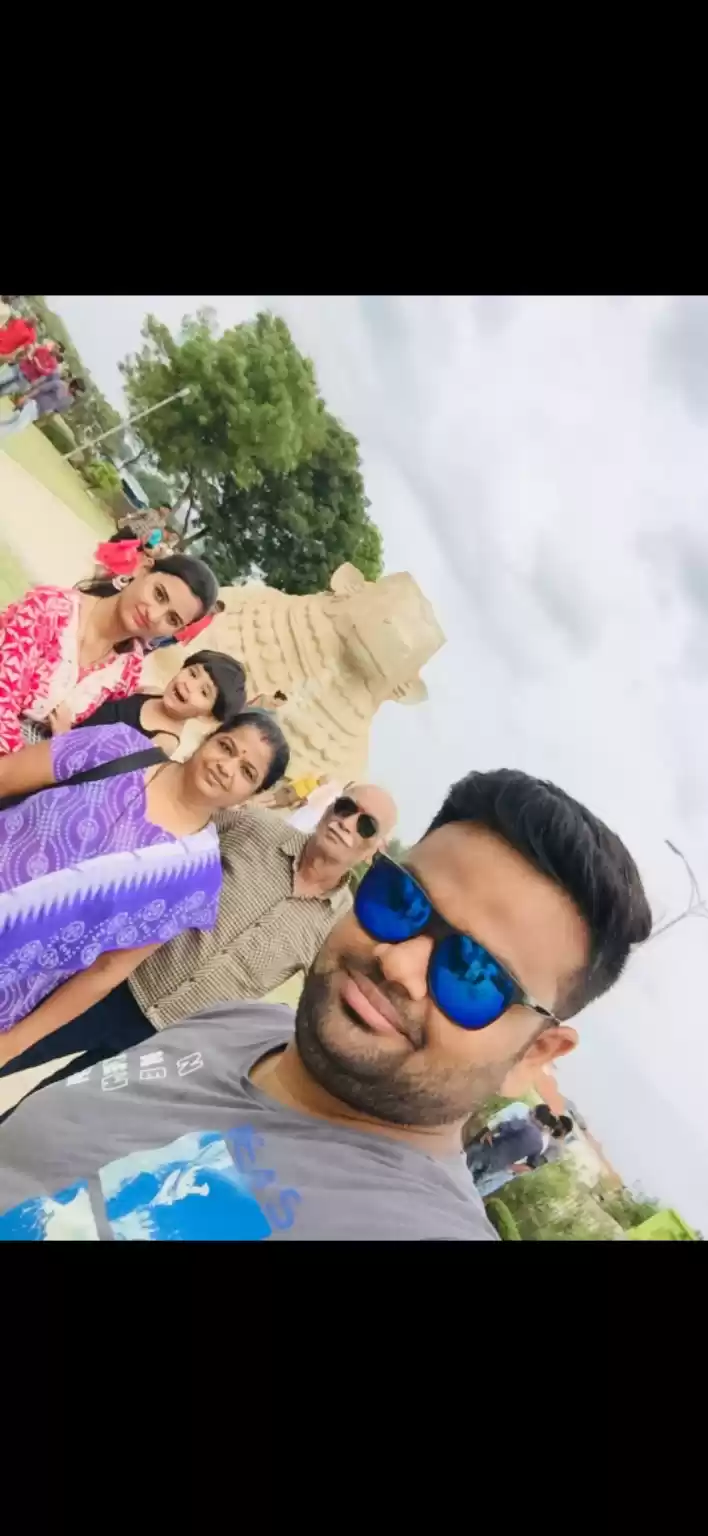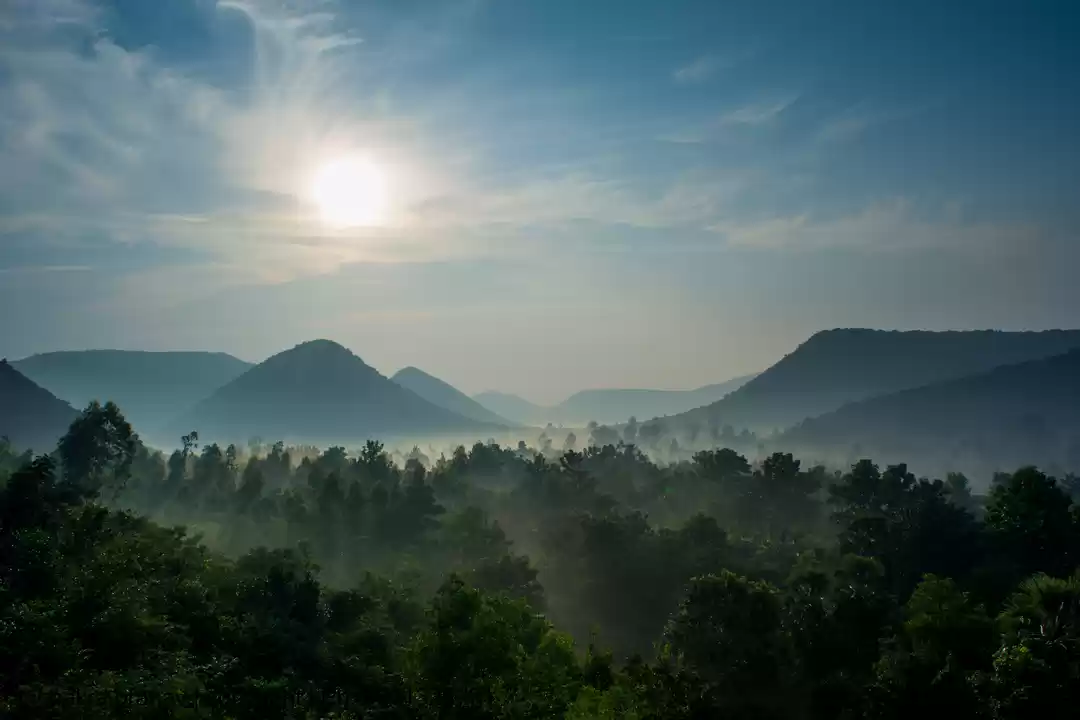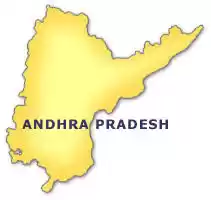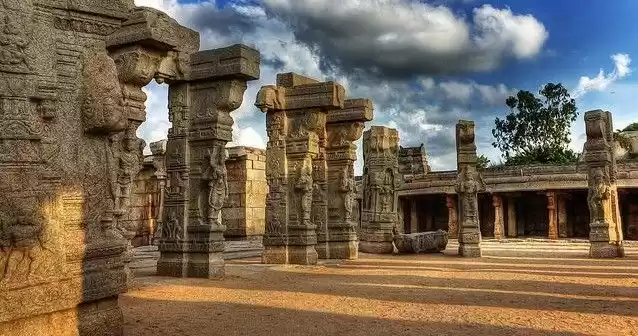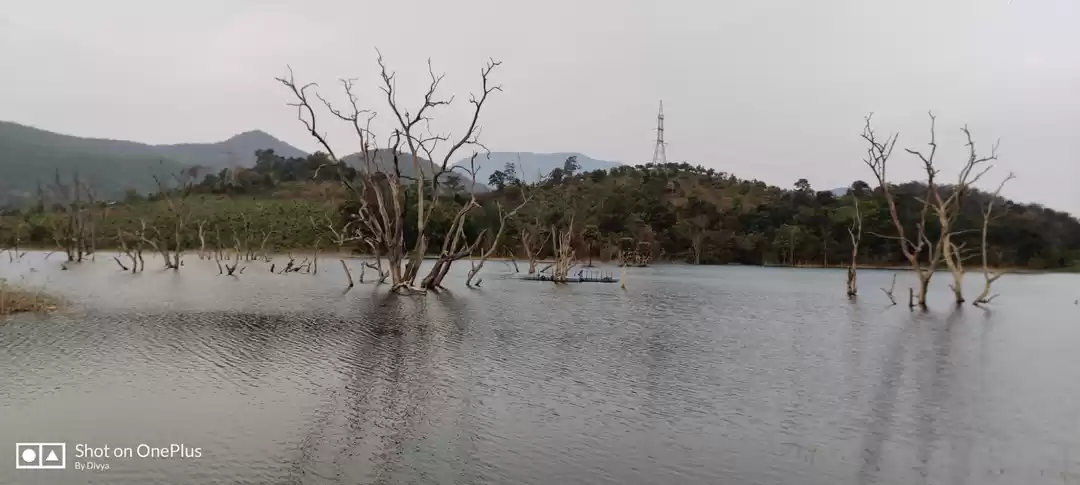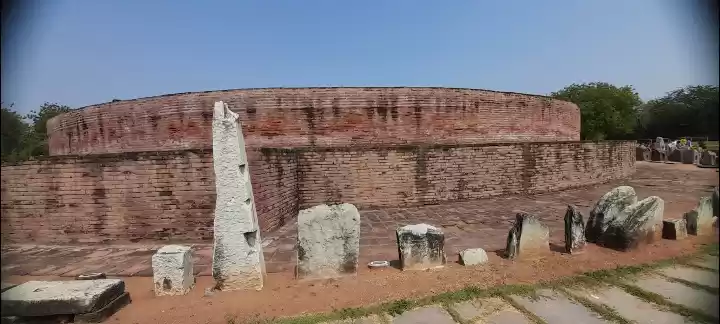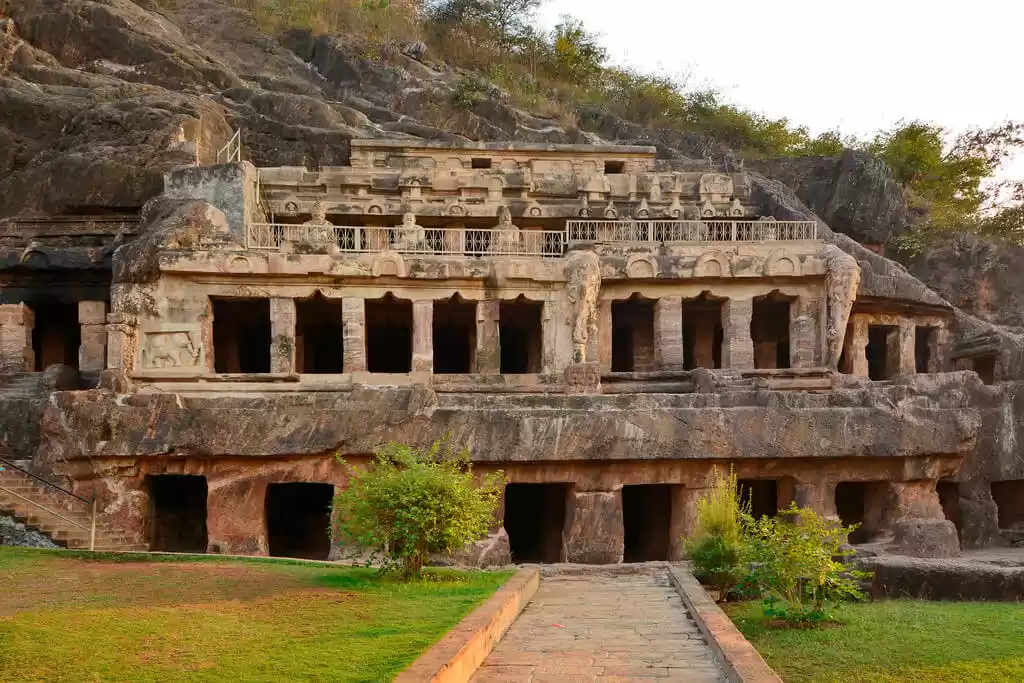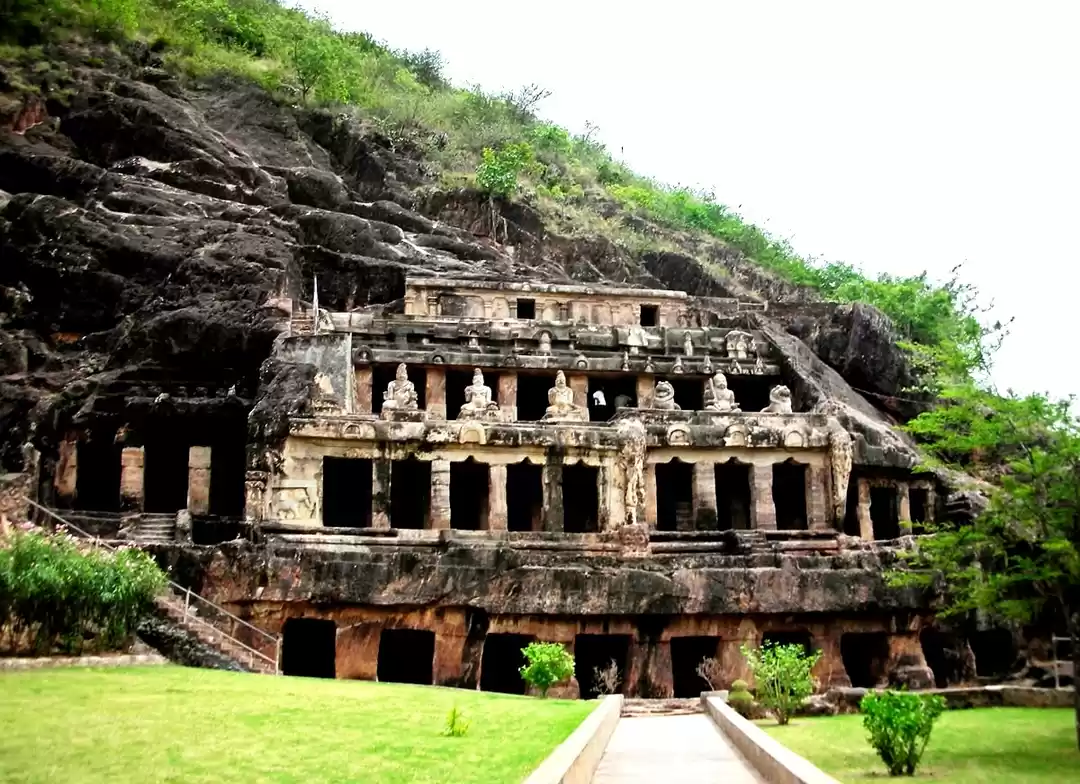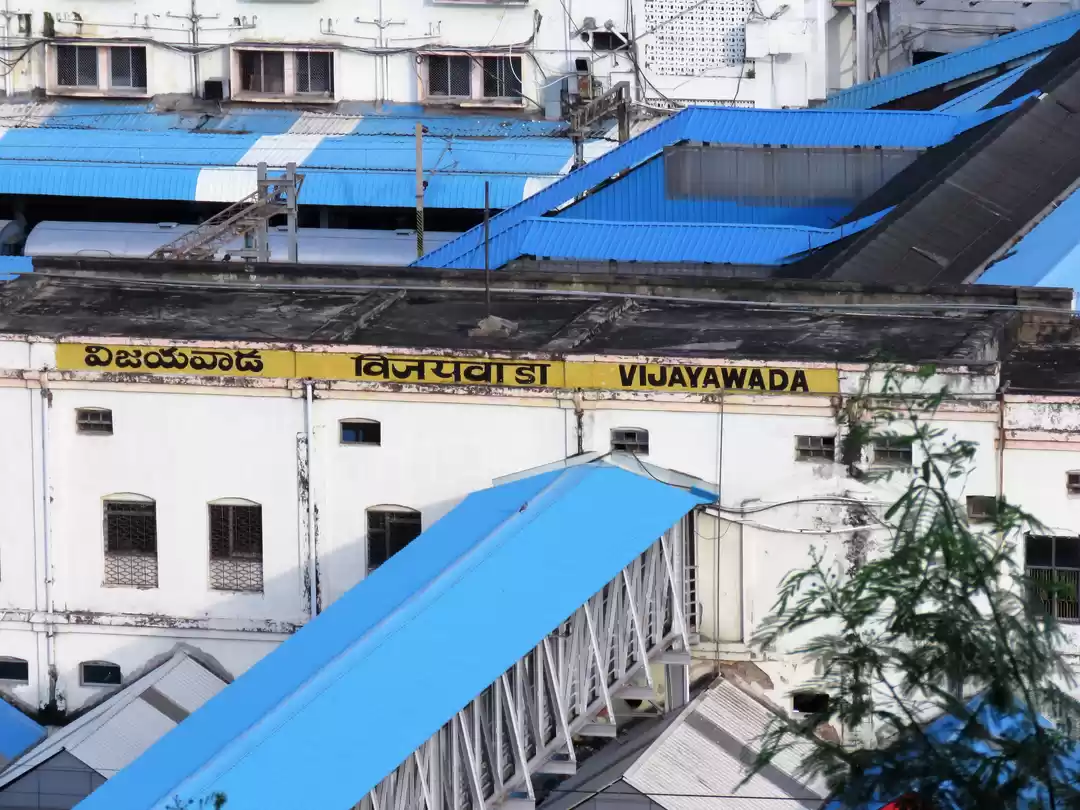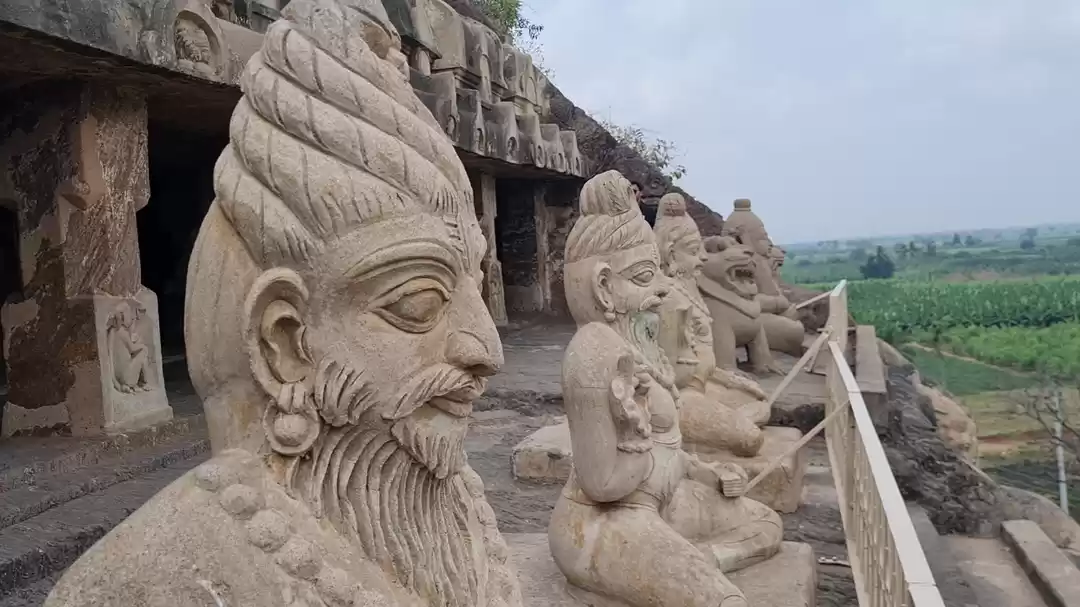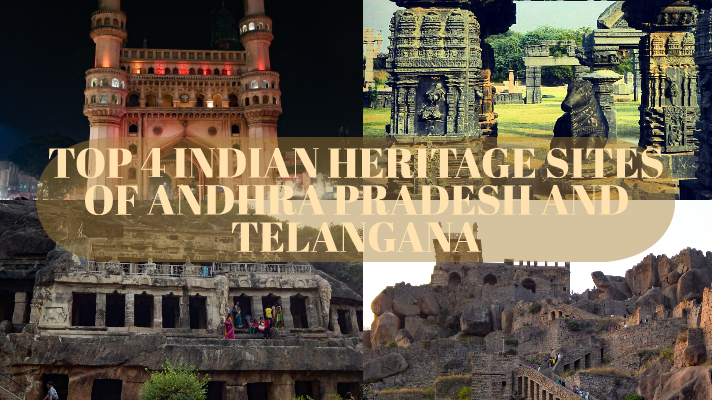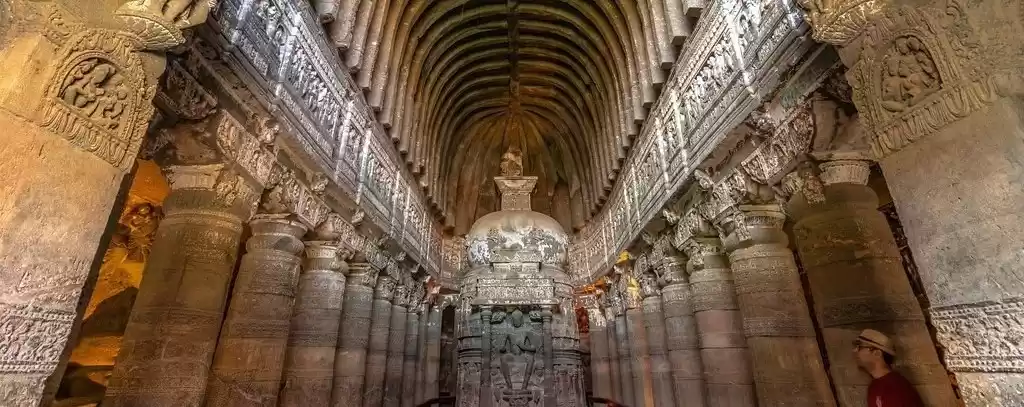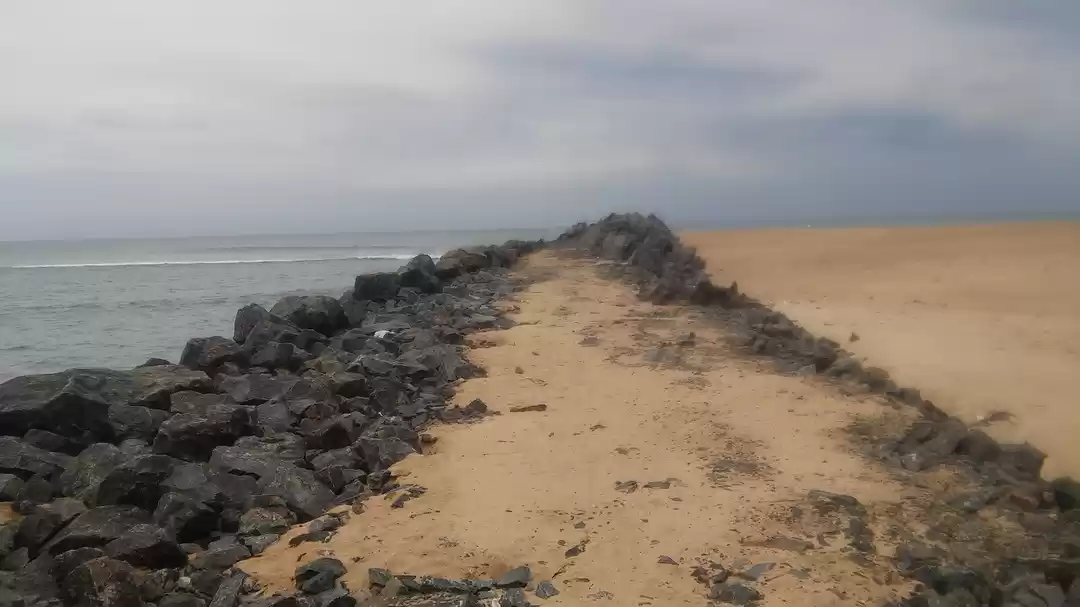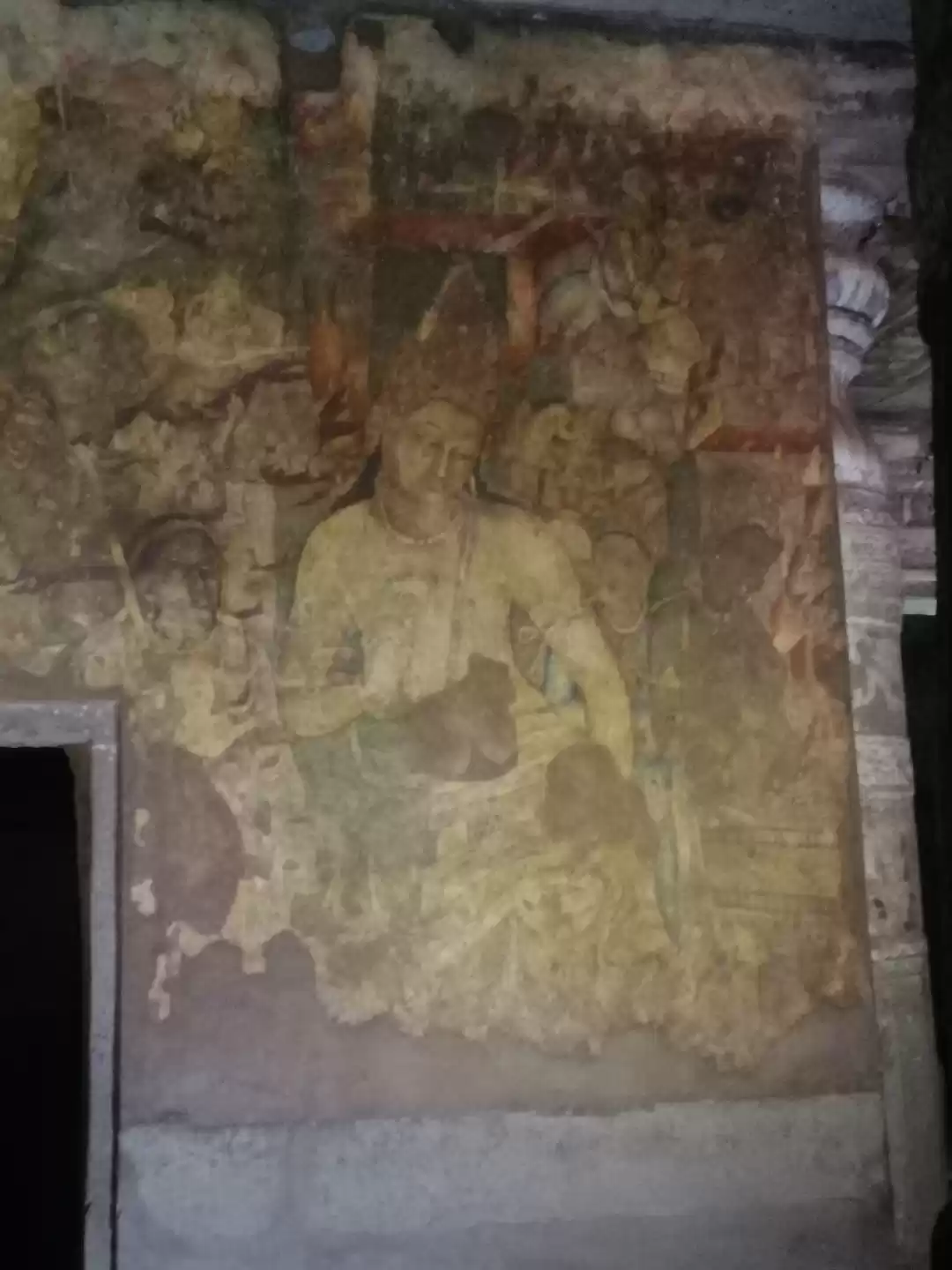
Overview
The Undavalli Caves, a monolithic example of Indian rock-cut architecture and one of the finest testimonials to ancient Vishwakarma Sthapathis, is located on the banks of Krishna River in Undavalli village, Guntur district in the Indian state of Andhra Pradesh. The caves are located 10km southwest of Vijayawada, and 34km northeast of Guntur City in Andhra Pradesh. This Undavalli Cave is one of the centrally protected monuments of national importance that offers a unique perspective into ancient religious practices. When viewed from the outside, it appears to be rows of cells arranged in different positions, which arouses interest. The caves are carved out of sandstone on the northern side of a hill. While there are many caves in the area, the largest is famous for its huge monolith of Lord Vishnu in a reclining position. The main cave is one of the earliest examples of the Gupta architecture style, primarily primitive rock-cut monastery cells carved into the sandstone hills. Along the back of the caves, you can see the Krishna River flowing. It's possible to take a boat ride on the river while admiring the natural beauty. A magnificent blend of architectural marvel and historical significance, you should add Undavalli Caves to your bucket list because it will swoon you with its charm and grandeur. A visit to this place would be a worthwhile idea when you are in & around Vijayawada or Guntur in Andhra Pradesh.

Undavalli Caves, a monolithic rock-cut cave built in the 4th - 5th century CE, are located on the northern slope of a hill in a Gupta architectural style, protected by the Archaeological Survey of India. It is now official that the Undavalli caves are a monument of national importance, due to their historical significance. This attraction was originally the Jain temple, which was later converted into a Bhikkhu monastic complex. The Jain sculptures inside the cave say a lot about the history of this place. Apart from Jain sculptures, you can also see some of the finest Buddhist sculptures to learn about the expansion of Buddhism. Buddhist monks, known as Bhikkhus, lived for a very long time in these caves and left their mark in the form of Buddhist structures. Although a few elements inside the caves, such as the pillared halls, show Buddhist, Jain, and Hindu influences, some of the sculptures are dedicated to the Hindu trinity of Brahma, Vishnu, and Maheshwara. According to Hindu mythology, the Trinity embodies the cosmic functions of creation, maintenance, and destruction. The principal deity in the caves is Anantasayana Vishnu (Lord Vishnu in a reclining position on a serpent couch). Upon reaching the top of the cave, you will be greeted with a breathtaking view of the lush green surroundings. For history enthusiasts, the caves seem like a paradise.
History

Undavalli caves have been carved out of solid sandstone on a hillside influenced by Gupta architecture, which dates back to the 4th-5th centuries CE. The reclining posture of Lord Vishnu is one of the prominent attractions in Undavalli caves. It is sculpted from a single block of granite and can be seen on the second floor. A preserved monument of national importance, this attraction was originally a Jain cave, which later transformed into a Buddhist monastery. Undavalli cave is generally a Hindu cave resembling Bhubaneswar's Udayagiri and Khandagiri caves because of its rock-cut architecture. Inscriptions found in the caves reveal that the four-storey caves are said to be found in the 7th century and were carved sometime between 420 and 620 CE during the reign of Vishnu Kundina kings. Most of the Gupta emperors were Vaishnavas and were associated with the Vishnu Kundina kings of 420-620 CE. As a result, one can see a lot of sculptures depicting Narasimha, Vishnu, and Ramayana's stories. The main cave is one of the earliest examples of Gupta architecture, consisting mainly of primitive rock-cut monastery cells carved into sandstone hills. Historical evidence suggests that Madhava Reddy, who ruled this region as a subordinate of the Kondaveedu Reddies, gifted the caves to the temple of Anantha Swamy. Initially, the caves were shaped as a Jain abode and the first-floor abode still retains the Jain architectural style; the vihara exhibits Jain monastics and includes Tirthankara sculptures. This second level of the cave is a carved vihara and includes Buddhist artwork. The second floor is shaped like a Buddhist monastery and it still retains the style of a Buddhist vihara, along with some Buddhist sculptures. The site served as the Bhikkhu monastic complex during ancient times, and it is believed that these caves were used by the Buddhist monks as rest houses. The facade of the third floor is adorned with numerous sculptures, including depictions of lions and elephants on the walls that add beauty to the attraction.

Architecture
Undavalli Caves is an impressive four-storey rock-cut building with an east-facing façade measuring 29m long by 16m wide. The cave is divided into three different layers, each floor varies in depth with each of them depicting something that history enthusiasts will enjoy. The ground floor is an unfinished low pillared hall with eight pillars and seven door openings on the façade. The first storey houses triple shrines at the back, each with a pillared hall in front, originally dedicated to the Trimurti (Lord Shiva, Vishnu, and Brahma). The walls of the first floor are covered with frescoes depicting mythological scenes. The second storey has a rectangular pillared hall with a shrine of Lord Vishnu in a reclining posture on a serpent with Lord Garuda on the sides, sculpted from a single block of granite (one of the major attractions). There are a few sculptures of Lord Shiva and Vaishnavas, as well as some of the Vaishnava Alwars. One can witness sculptures on the walls representing Vaishnava deities and some of the sculptural specimens of the Chalukyan period. The third floor has beautiful sculptures of lions and elephants on the walls. Specifically, the 8-headed serpent in the cave led to a brand-new area of study in the field.
Therefore, Undavalli Caves aren't associated with any specific religion. People of different faiths have lived and developed there. So, it has served as a spiritual center for three religions at different times. Visitors can see remnants of all three cultures under one roof!




Caves Timings
Undavalli Caves is open from 9 am to 6 pm in the evening.
Best Time To Visit
The most ideal time to visit Undavalli caves is during the winter months from October to February, as the temperature is cool and pleasant. The monsoon is also a good time, but torrential downpours can interrupt your outdoor plans. Summers are unbearably hot and humid.
Where To Stay
Undavalli has several mid-range resorts, Heritage hotels, and Homestays that offer budget accommodation such as Novotel Vijayawada, Jade Suites - Luxury Boutique Hotel, Lemon Tree Premier, Red Fox Hotel, The Gateway Hotel, Fortune Murali Park.
How To Reach
Though the city is considered an urban center, it has a lot of natural and ancient treasures in the form of monuments, temples, caves, and forts. Travelers are attracted to it because of this.
By Road: Undavalli Caves is about 10km from Vijayawada and 34km from the town of Guntur. There are many state-owned buses, and taxis available to reach this picturesque place. The option of renting a vehicle is also available from Vijayawada or Guntur.
By Train: There are no direct trains available to reach this archaeological site. You can cover a part of your journey by train and the nearest railway station to the Undavalli caves is Vijayawada, just 8km away. After that, one must take a bus or a taxi to get to this magnificent location.
By Air: Vijayawada International Airport is the nearest airport to Undavalli caves. The airport has regular and frequent direct as well as connecting flights from all the major metro cities of India.


